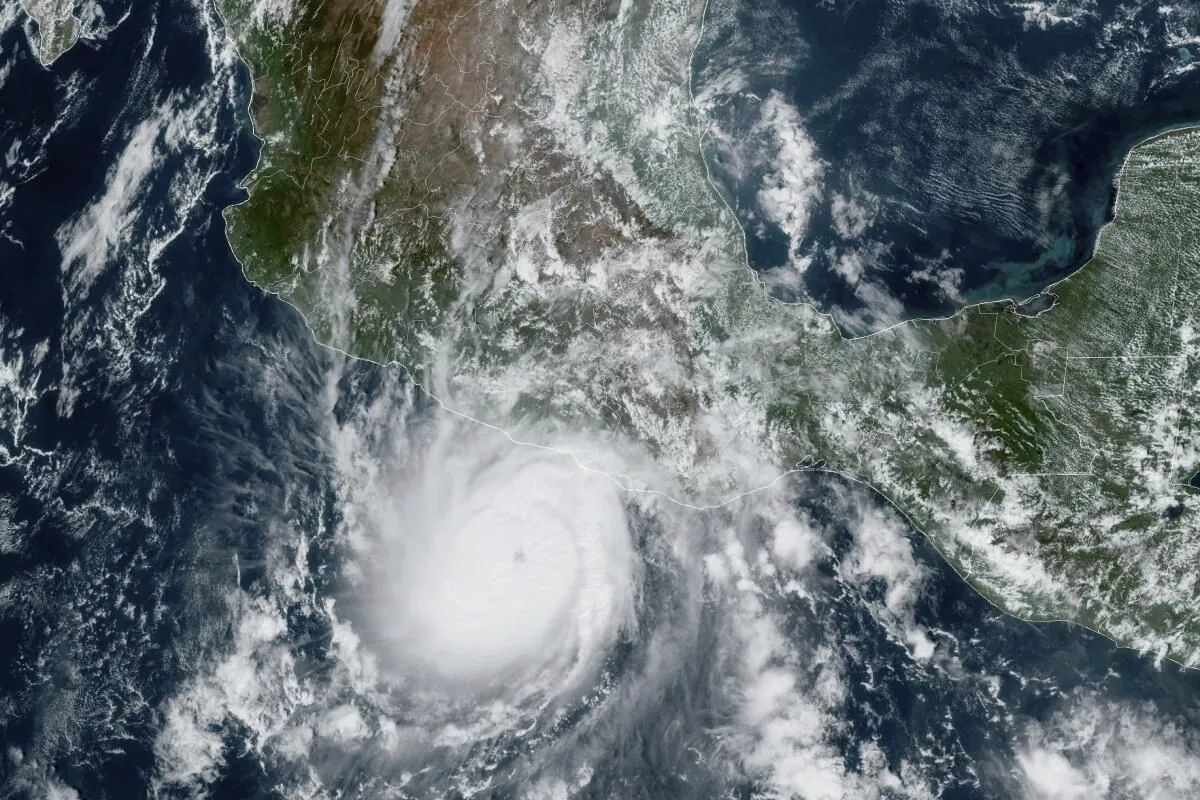As of October 1, 2024, a new tropical system is poised to impact Mexico's southern Pacific coast and neighboring Guatemala. The U.S. National Hurricane Center (NHC) in Miami reports that Tropical Depression Eleven-E is expected to intensify and move inland, potentially bringing significant rainfall to areas recently affected by severe weather.
The system's approach comes on the heels of Hurricane John, which caused widespread destruction in late September 2024. The hurricane's aftermath resulted in deadly mudslides, claiming at least 22 lives along Mexico's southwestern coast. This region, part of the Mexican Riviera, is known for its popularity among tourists but is also vulnerable to tropical cyclones due to warm Pacific waters and favorable atmospheric conditions.
Tropical Depression Eleven-E was located approximately 75 miles (121 km) southeast of Salina Cruz, a crucial Mexican port in Oaxaca state. This port, established in the late 19th century, is home to a major Pemex oil refinery with a daily capacity of 330,000 barrels. Pemex, Mexico's state-owned petroleum company founded in 1938, had not responded to inquiries about potential impacts on operations as of the report's publication.
The NHC predicts rainfall amounts between 4 and 12 inches (10-30 cm) across several southern Mexican states and western Guatemala. This heavy precipitation poses a significant risk of flooding and landslides, particularly in Guatemala's mountainous terrain, which has been made more vulnerable by deforestation.
Mexico's southern Pacific coast, bordered by the Sierra Madre del Sur mountain range, is one of the country's most biodiverse regions. Oaxaca state, where the storm is expected to make landfall, is renowned for its varied indigenous cultures and rugged landscape. The impending weather system threatens not only human populations but also the rich ecosystems of this area.
The Isthmus of Tehuantepec, where Salina Cruz is situated, represents Mexico's narrowest point between the Pacific and Gulf coasts. This geographical feature can influence the behavior of tropical systems, potentially intensifying their impact.
As climate change continues to affect global weather patterns, the intensity of tropical cyclones is expected to increase. Mexico's National Civil Protection System will likely be on high alert, coordinating disaster response efforts across the affected regions.
The Eastern Pacific hurricane season, which officially runs from May 15 to November 30, has already demonstrated its potential for destruction this year. As Tropical Depression Eleven-E approaches, residents and authorities in the region are bracing for another potential weather-related challenge, highlighting the ongoing vulnerability of Mexico's Pacific coast to tropical systems.
